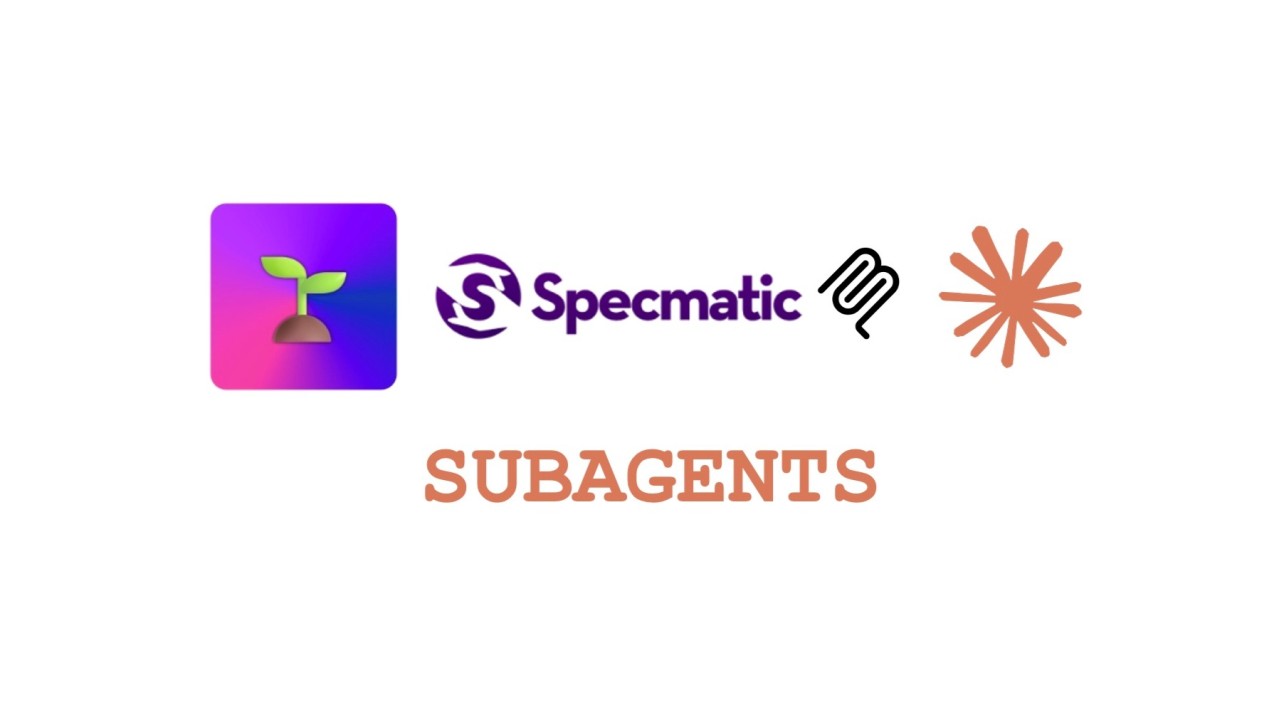on
Spec Driven Development: Beyond the First Feature with API Design First

Logos are property of their respective owners
This is a summary of the article originally published on LinkedIn.
Building on the foundations of API Design First with GitHub Spec Kit, this article explores what happens when you move beyond the first feature. The focus shifts to two critical aspects: ensuring the system evolves without regression or drift, and enabling parallel execution through specialized subagents.
Key Takeaways
-
Evolution requires regression prevention — As features grow beyond the first implementation, coding agents that optimize for speed can easily introduce breaking changes. The system must evolve without drift, especially critical when relying on autonomous agents.
-
Parallel execution mirrors real-world contract-driven development — Once the API contract is agreed upon through the OpenAPI spec, backend and frontend development can proceed completely independently, just like in traditional contract-driven workflows but now with coding agents.
-
Backward compatibility checks happen at design time — The openapi-spec-author subagent uses Specmatic MCP to run backward compatibility checks automatically during the
/planphase, acting as a guardrail before any code is written. This catches breaking changes at the API design stage, preventing rework. -
Specialized subagents handle distinct phases — Four key subagents collaborate: openapi-spec-author (API design and spec evolution), backend-api-engineer (backend with contract/resiliency tests), frontend-react-engineer (UI with mocks and Playwright tests), and integration-tester (end-to-end validation).
-
Repeatable process enables fast, aligned iteration — With contracts defined upfront, parallel tracks for frontend and backend, subagent specialization, and guardrails enforcing compatibility, teams can move fast while staying aligned without drift.
Read the full article on LinkedIn →
Originally published on LinkedIn on September 17, 2025